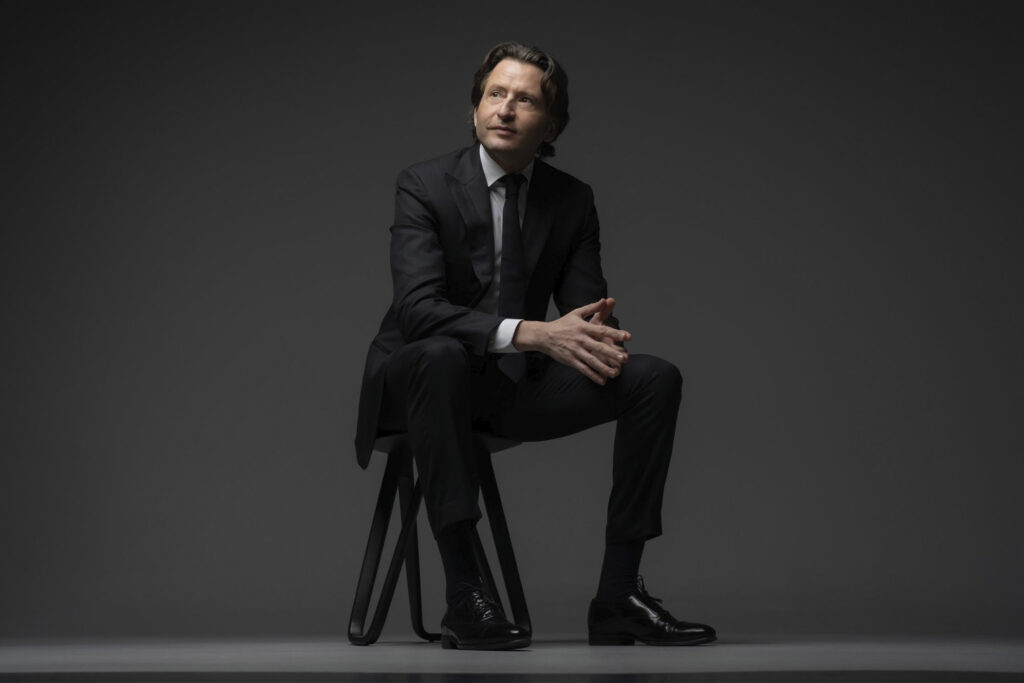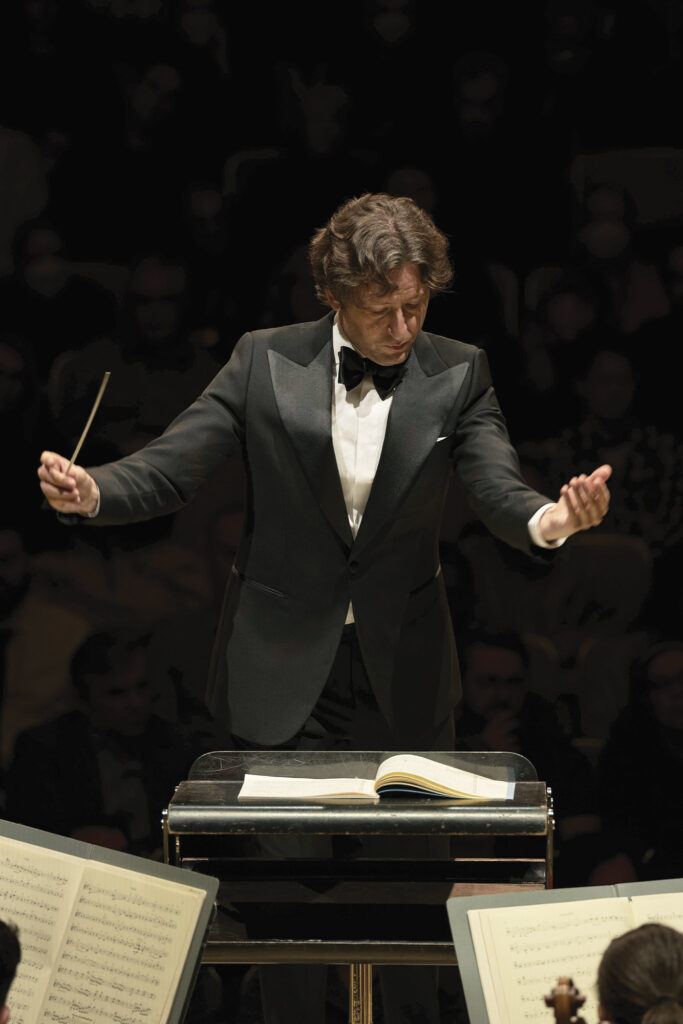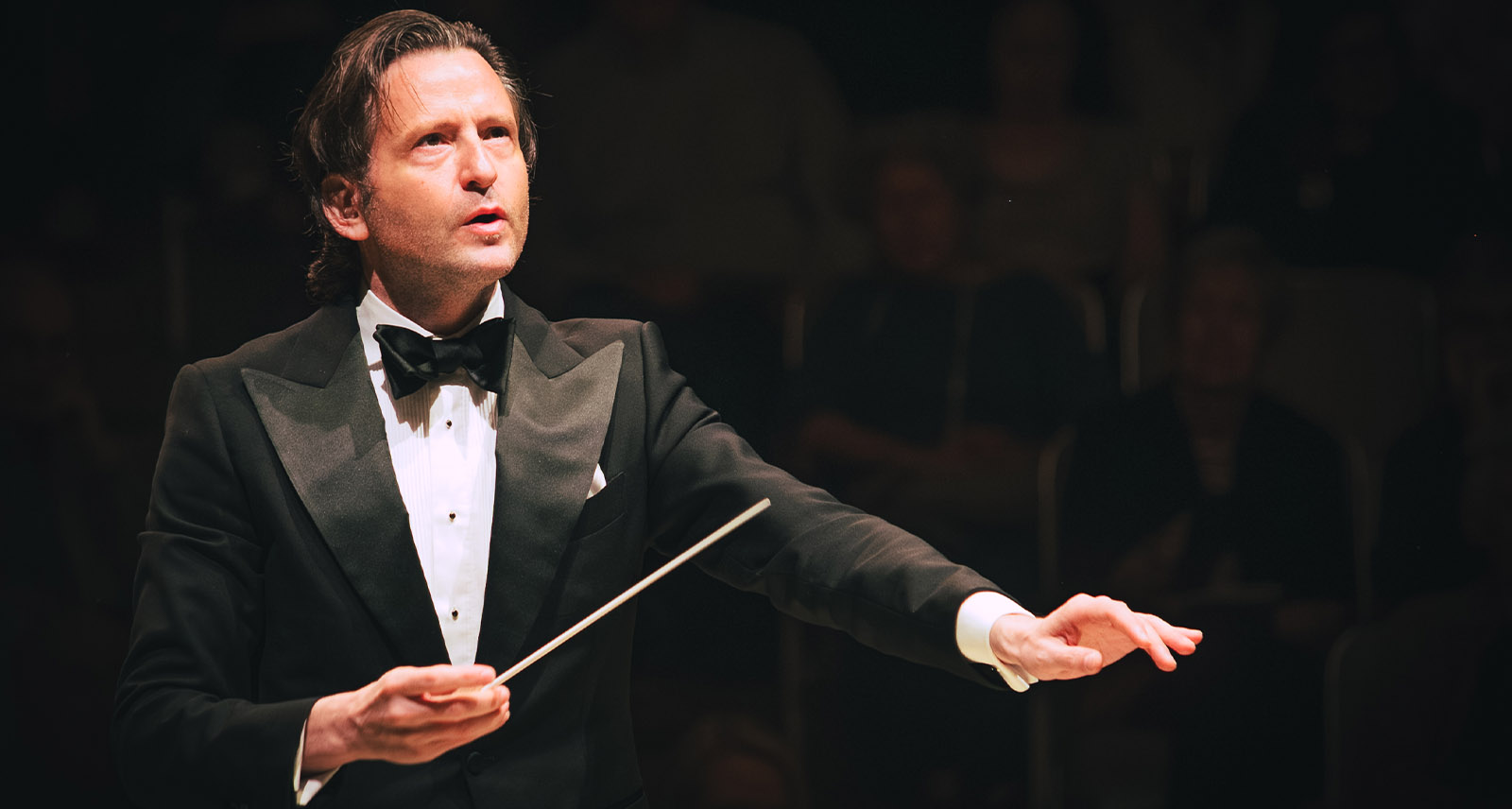Toronto Symphony Orchestra Musical Director on Why Live Music Endures
When Toronto Symphony Orchestra’s musical director, Gustavo Gimeno, enters our interview, he’s amid a short (but well-deserved) reprieve in Amsterdam. He’s nearing the tail-end of the symphony’s whirlwind programming calendar through the 2024–25 season, yet, minutes into our call, Gimeno can’t help himself. His mind — and the minds of his musicians — is already months ahead, eagerly addressing the questions vital to the TSO’s continued growth. How do we engage new audiences? How can we modernize without tainting classical masterpieces? Why is Toronto the perfect home to experiment? We spoke with Gimeno to gather answers from one of the world’s most esteemed musical directors.

This season’s calendar had so many new offerings, and next year’s is just as diverse, with jazz and soul influences at the core of a few concerts. What are the considerations in balancing the traditional and innovative elements for TSO?
You said the crucial word: balance. When I started [at TSO], I researched the programs that had been done over the last 20 years. It’s about integrating and making it a part of the same context. Good music is good music. We started mixing new works and well-known classics together, trying to maintain quality, and cultural importance. But I always felt from the beginning that Torontonians were very open-minded. It was the city telling me that it was ready for that growth.

You work around the globe. Why does the city feel particularly open to change?
Yes, even before being there, when I was in Spain, I remember seeing the Toronto International Film Festival on television. I realized then that it is such a culturally and historically vibrant city. Creative, diverse, and constantly evolving. So, I felt a responsibility to bring a new vision, to understand the cultural context of Toronto, and produce what we believe is needed for the future.
“Nothing can match the experience and sense of community of a live event. In the best of cases, the suspended silence at the end of a symphony — when 2,000 people become one — allows you to disconnect from the world in all senses, from your own thoughts, concerns, occupations. You focus on the essence of who we are as human beings.”
Gustavo Gimeno
Has that new vision reached new demographics? How do you engage the next generation of Toronto’s symphony audience?
Recently, we did a concert — a full orchestra concert, no soloist — 50 percent familiar, with a symphony by Tchaikovsky, 50 percent new composition. […] And I had so many people, all ages, tell me how much they enjoyed it. Something is unlocking and being welcomed. New music keeps our art form alive. But it’s also about complementing it with great, timeless classic compositions by important composers. […] Newcomers and younger generations appreciate it if the programming is done well. […] We’ve made it accessible with open house days and “relaxed concerts” for neurodiverse people, playing pop alongside classical symphonies, et cetera. So, again, it comes back to your keyword: balance.

There seems to be such an appetite for live performance arts. Does that ring true?
Absolutely. There has been a transition over the past few years. I can feel it growing, too. There is too much that is virtual. There is connection, in some sense, yes. But nothing can match the experience and sense of community of a live event. In the best of cases, the suspended silence at the end of a symphony — when 2,000 people become one — allows you to disconnect from the world in all senses, from your own thoughts, concerns, occupations. You focus on the essence of who we are as human beings. I find it very powerful.
Feature photo by Allan Cabral, courtesy of the Toronto Symphony Orchestra.










